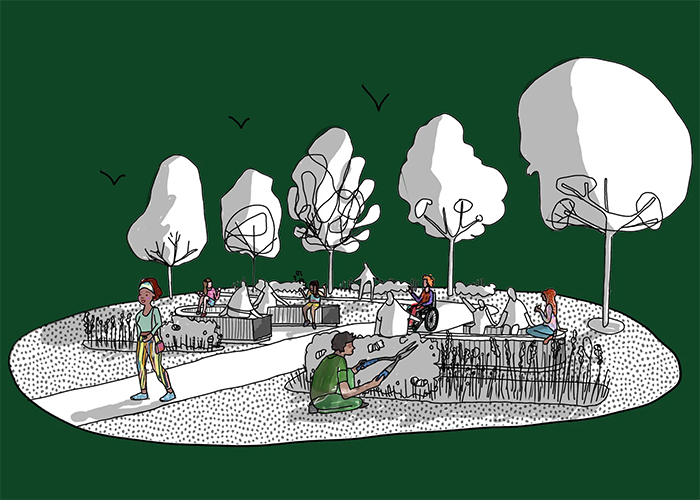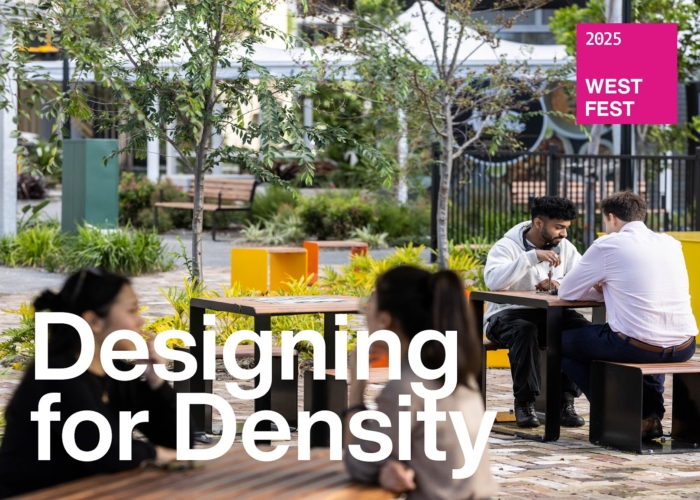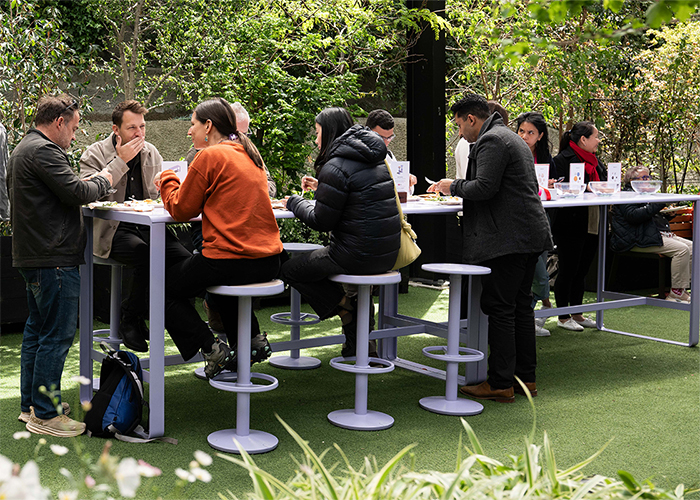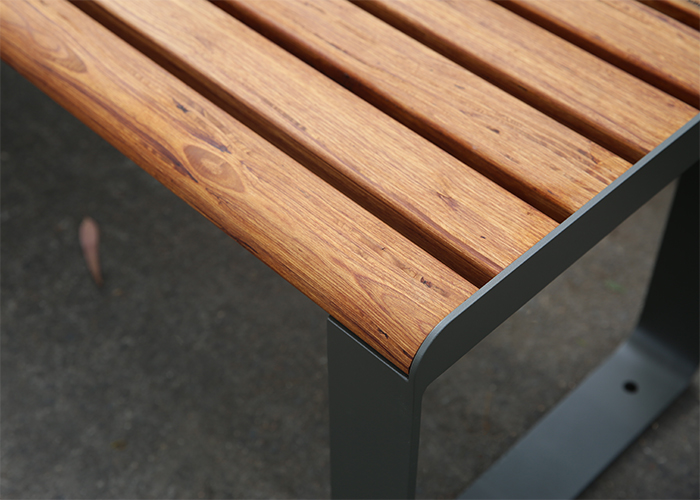Street Furniture Australia furnished the Australian Institute of Landscape Architecture’s Festival: DARK, held in Nipaluna/Hobart from 19-21 October, with a collection of curated settings. This year’s installation featured a combination of Linea and Piatto ranges in a custom Lavender Mist powdercoat created especially for the Festival. Reflecting the Festival’s colour palette, the soft, on-trend lilac tone was paired with aluminium woodgrain in Curly Birch. Specifiers, let us know what you think of the colour. Design for GoodAs part of Street Furniture Australia’s annual Good Cause Giveaway at the AILA Festival, all of the furniture exhibited – valued at $45,000 – has been donated to local Tasmanian organisations selected by the Festival’s Creative Directorate: Miriam Shevland, Simone Bliss and Jerry de Gryse. This year’s recipients are: “As rewarding as it is …











